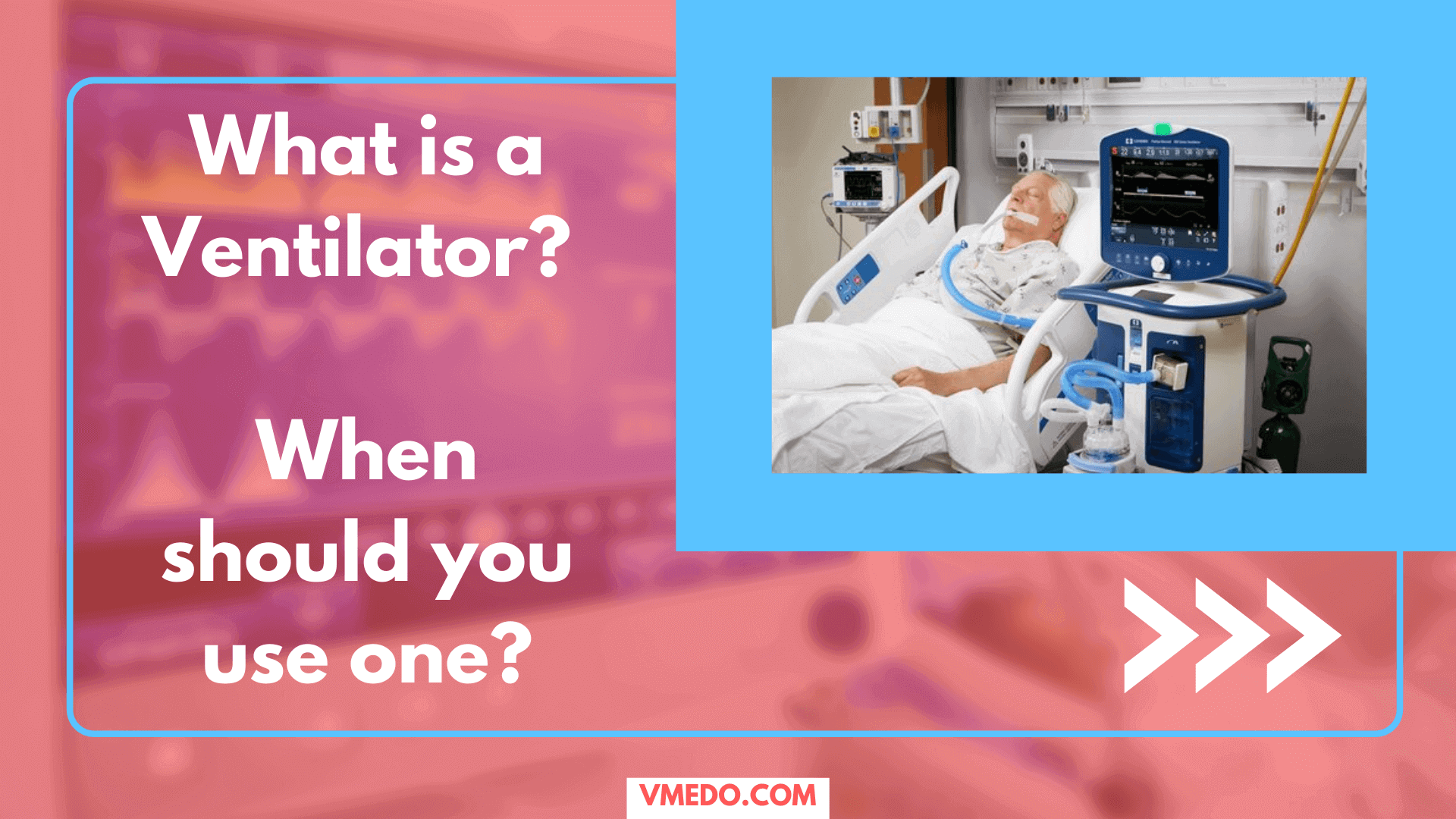The Covid-19 pandemic has cast a spotlight on Ventilator/ventilators—but few know much about what they do or how they work.
What is a Ventilator?
A ventilator is a device that supports or takes over the breathing process, pumping air into the lungs. People who stay in intensive care units (ICU) may need the support of a ventilator. This includes people with severe COVID-19 symptoms.
A ventilator is a machine that helps you take breaths if you can’t do it on your own. It’s commonly called a ‘mechanical ventilator’. It’s called by different other names such as ‘breathing machine’ or ‘respirator’ but the respirator is usually the mask that medical workers wear when they attend the patients.
A ventilator is a machine that is connected to you with the help of tubes that connect to your airways.
Watch this video to know in detail about how the ventilators work and when should you exactly take support of one.
Why do we need one?
Usually when we breathe the oxygen enters our lungs and carbon dioxide is expelled. But in some medical cases that process of breathing gets difficult and there will be a need for an external pressure to pump in that oxygen and even helps to pull out the air (CO2) from the lungs using the tubes that are connected to the machine and inserted in your mouth down to the windpipe.
We can even set the number of breaths that should be taken per minute. The great part is even if you did not breathe the ventilator does its work of pumping in the air automatically.
Downsides of a ventilator
You won’t be able to eat and drink anything as the tubes are placed in your windpipe through the mouth.
But how do we get essential nutrients?
For that, the IV arrangements are done and directly sent through the needles into the veins.
How does covid-19 affect our lungs?
If the body’s immune system does not fight the infection, through ARDS (acute respiratory distress syndrome) the infection can travel to the lungs and cause a potentially fatal condition.
In ARDS the alveoli (which helps in the exchange of oxygen and carbon dioxide with the blood) will start filling with fluids which diminishes the lung’s ability to provide vital organs with the required amount of oxygen.
ARDS can be very dangerous and that is the main reason why people have to opt for a ventilator to survive on.
When can one come off the ventilator?
The casualty can be weaned off the ventilator once he or she resumes breathing on their own.
Weaning is a gradual process where the casualty stays connected to the ventilator and they are allowed to breathe on their own.
When certain milestones are achieved, the doctors may decide to try taking the patient off the ventilator for a trial. If it’s not successful, weaning can be attempted another time.
Risks of being on a ventilator?
Since the pumping of air isn’t a natural process there are cons attached to it.
Due to the repeated and continuous air pressure by an external machine, there are high chances of damaging the lungs.
Usage of tubes do pump the air there are chances of bacteria getting into the lungs and we can expect pneumonia.
Delirium is another concern and fits in with what is called post-ICU syndrome (PICS), a collection of problems that can present—and linger—after a critical illness.
What happens if you decide that you wouldn’t want to be on a ventilator?
When you decide not to go ahead with the ventilator support, the healthcare team would still treat you with non-invasive methods to deliver the oxygen to you.
They would treat you for any distressing symptoms and ensure that you’re comfortable as possible.
No matter what you decide about your care, the healthcare people would respect your decision.
But it’s recommended to stay on a ventilator as the experts know what’s good for you and what’s not.
Visit our VMEDO Store exclusively for medical equipment and surgical right in the heart of Bengaluru!

